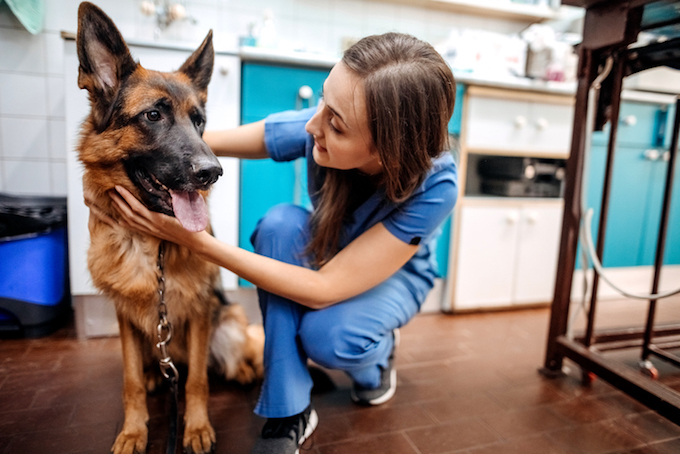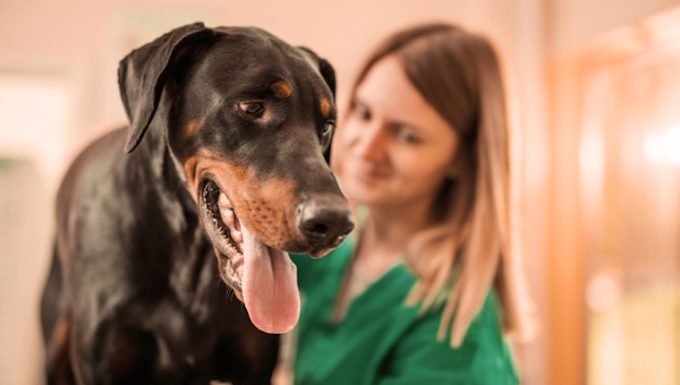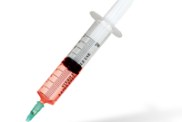Strongyloidiasis in dogs is an intestinal infection caused by a parasite. Technically, the parasite’s name is Strongyloides stercoralis (S. canis).
Generally, dogs with weak immune systems are most at risk of developing severe symptoms.
Unfortunately, the condition can also be transmitted from dogs to humans.
Technically, the condition is also known as pinworm or threadworm. You can read more about dogs and types of parasitic worms here.
If you see the signs of the condition in your dog, then get to a veterinarian for a proper diagnosis and treatment.
Here’s what you should know about the symptoms, causes, and treatments for the condition.
Symptoms of Strongyloidiasis in Dogs
The condition produces a number of symptoms. For example, some of the most common symptoms include:
- Diarrhea
- Coughing
- Weight loss
- Rash
- Inflamed skin
- Fever
- Poop with mucus in it
- Poop with blood in it
Causes of Strongyloidiasis in Dogs

The cause of the condition is a dog becoming infected by the parasite. For instance, some of the common ways this can happen include:
- Eating contaminated poop
- Through nursing
- Bad hygiene
- High humidity environments
Additionally, kennels can be high risk places. This is due to the potential for high temperatures and poor sanitation.
Treatments for Strongyloidiasis in Dogs
Firstly, your vet will ask about your dog’s symptoms. Secondly, your vet will ask about any circumstances where your dog could have come into contact with the parasites.
Thirdly, a full physical examination will be carried out. Blood and urine tests will also be taken. Additionally, your dog’s poop will be analyzed.
Generally, treatment involves medication. This is to get rid of any parasites. For example, fenbendazole and ivermectin are commonly prescribed for the condition.
As always, if your vet prescribes your dog any medicine, make sure to stick to the correct dose and frequency instructions. Also, complete the full course of medicine.
Additionally, if your dog has become dehydrated, intravenous fluid therapy can also be needed.
Finally, prevention is better than cure with this condition. So keep your dog’s sleeping and eating areas clean. Also, avoid situations where the parasites might be present.
Have you ever cared for a dog who suffered from this condition? How did your vet help your dog recover? Let us know in the comments section below.









